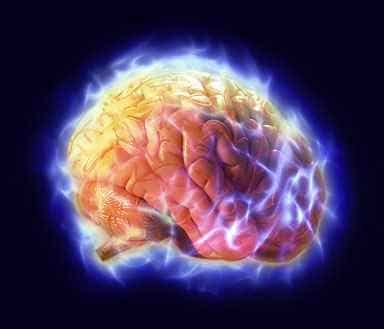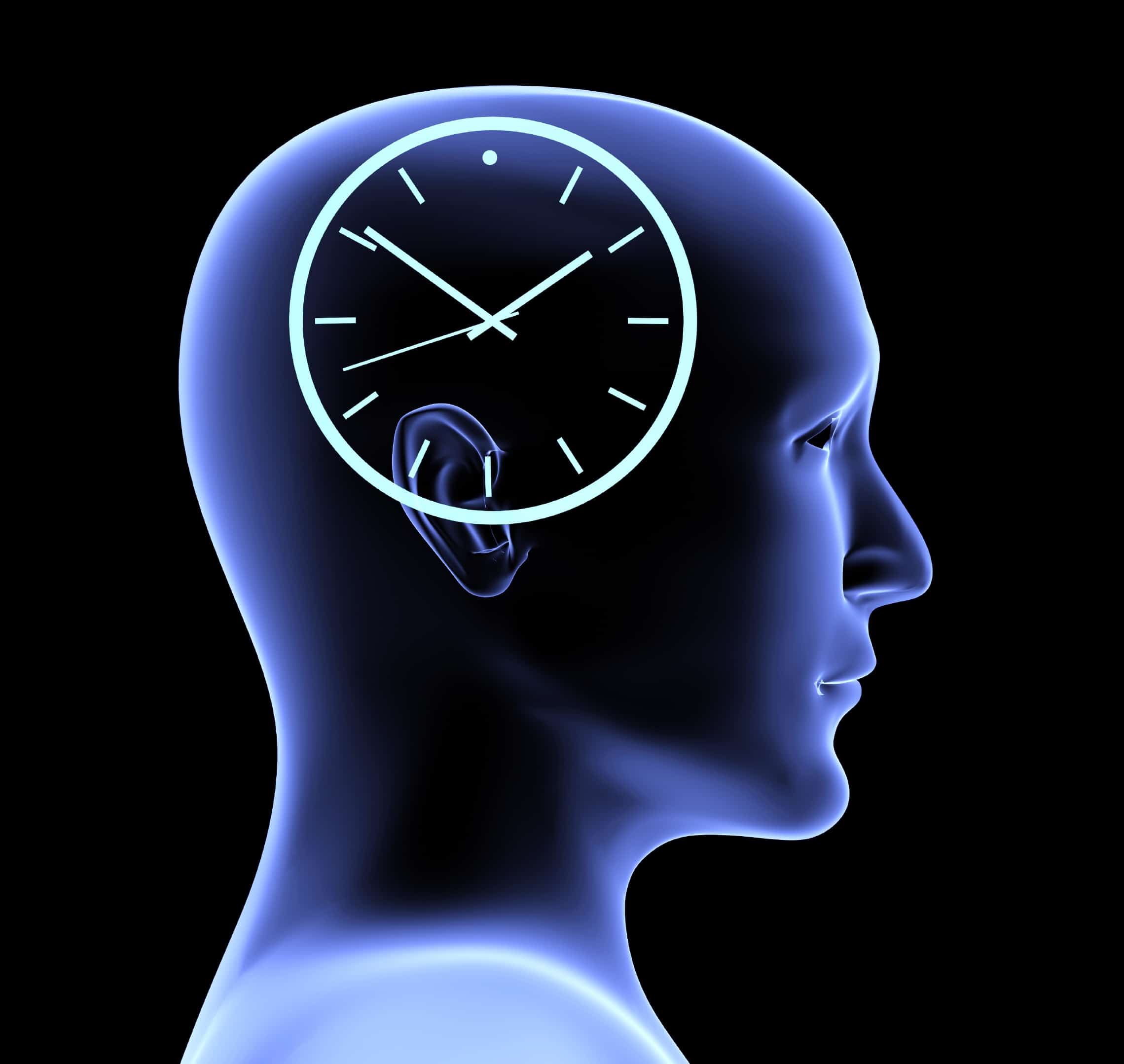2013 SharpBrains Virtual Summit to Discuss Latest on Digital Brain Health, Brain Fitness, Personal Health
150+ science and industry pioneers in 14 countries to gather online on September 19th and 20th
Washington, DC (PRWEB) September 17, 2013
The 2013 SharpBrains Virtual Summit (September 19-20th) will feature over 30 of the world’s top scientists and innovators working on ways to enhance behavioral and brain health via neuroscience-based innovation. All sessions will be chaired by some of the world’s most inspiring and accomplished trailblazers, recognized as Young Global Leaders (YGLs) by the World Economic Forum.
“It is exciting to imagine the possibilities at the intersection of brain health, digital health, and neuroplasticity, but getting there requires addressing the immediate questions confronting us today,†says Alvaro Fernandez, CEO of SharpBrains and Summit’s producer. “We are proud to offer this unique forum to help the field move forward.â€







